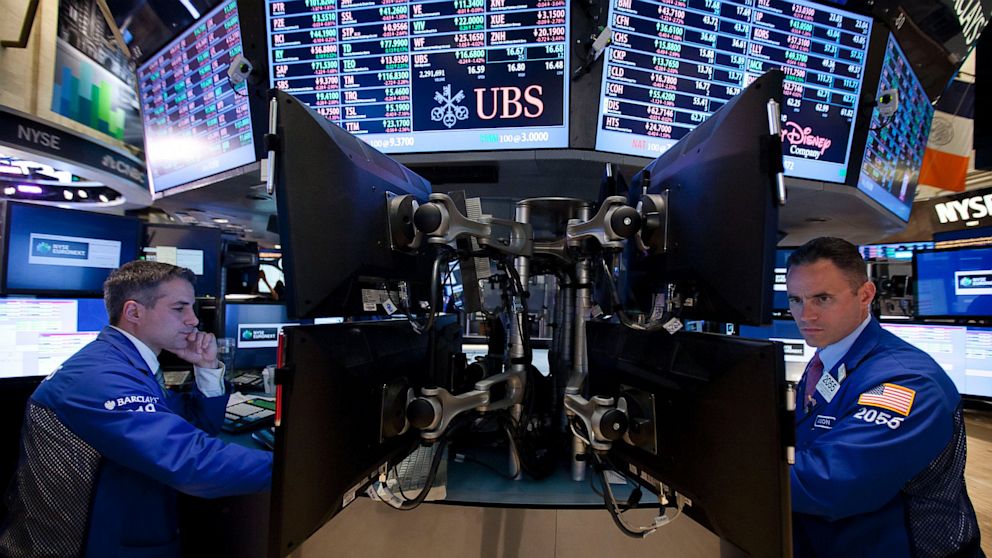When we are looking to make definitions as a concept, a chart pattern is a systematic up and down price structure which helps us to understand the basis scenario for technical analysis. For any technical analysis, the chart pattern changes according to time and environment. One can focus on this analysis by keeping the track of his chart patterns, as this will be helpful in real-time trading opportunities. These are some of the patterns that are used be expert traders in PAMM trading accounts, so this is useful for forex traders of all experience levels.
There are several types of chart pattern which are as follows
1) Ascending triangles: – The continuous upward trend of the graph is often called an ascending triangle.
2) Descending triangles: – As from the word descending, any pattern which is downgraded so the graph is a reverse of an ascending is called descending triangle in term of technical analysis.
3) Head and Shoulders: – Head and Shoulders chart patterns can be defined as when a pattern which is in an upward trend and declines but again rises above the last peak and declines again. It is a popular chart pattern for long-term traders.
4) Pennant: – A continuation pattern in technical analysis which sees the rise in graph followed by consolidation period is called pennant. It generally happens due to large movement of stocks
5) Cup and Handle: A pattern which resembles in the shape of a cup with a handle.
6) Systematic triangles: – A period of consolidation in terms of price movement is called systematic triangles
7) Double Top: – Double top simple means that a pattern in which a peak is touched and declines but rises again almost of the same height.
8) Rounding Bottom: – A ‘U’ Shaped pattern of the technical analysis series of price movement is called rounding bottom.
In present day life, the most reliable chart patterns are the graphical methods which make it easy to understand how trends will develop. The pattern helps to identify the trend. The formation of the pattern is made up of daily activities recorded by different tools.
